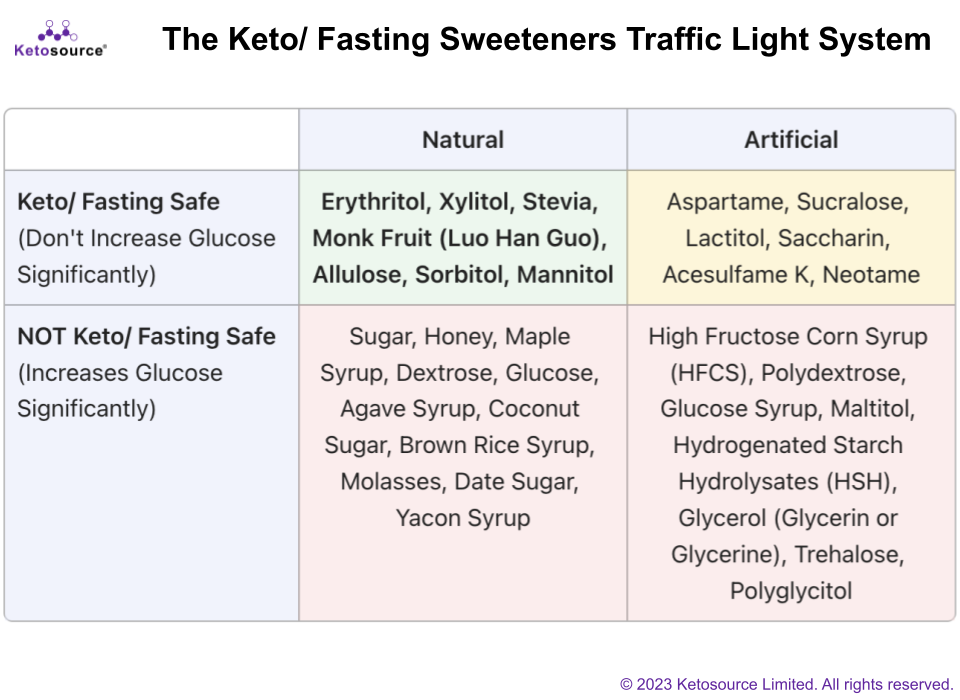ONE Actionable Takeaway from Ketosource
Having a menstrual cycle can affect a woman’s life in many ways. When trying to meet fat loss goals where you are within that cycle is an important factor to consider.
Water Weight Changes During the Menstrual Cycle
You can expect your weight to fluctuate due to your menstrual cycle. This is because:
- Water retention or “bloating” peaks as the period starts.
- Bloating then declines over menstruation until the mid-follicular phase.
- The cycle begins again and bloating gradually increases after ovulation.

The reasons for menstrual cycle bloating patterns are not fully clear. It has been theorised that the change in hormone levels could influence bloating as estradiol and progesterone are lowest when it occurs.
It’s important to note that weight is not a reliable measure of fat loss. The best way to measure fat loss on an ongoing basis is by checking your waist-to-height ratio (WHtR).
So while the diagram above discusses weight, don’t get confused, your fat loss progress is not stalling if you find you’ve taken on water weight during your cycle.
Actionable Takeaways
While this may seem complex, you just need to remember these key points:
- Expect bloating a week before and after menstruation begins.
- Check your fat loss progression a week before and a week after menstruation. Not in between.
- During these two weeks before and after your menstruation pay less attention to fat loss stall or perceived fat gain.
Source: White, Colin P., Christine L. Hitchcock, Yvette M. Vigna, and Jerilynn C. Prior. “Fluid Retention over the Menstrual Cycle: 1-Year Data from the Prospective Ovulation Cohort.” Obstetrics and Gynecology International 2011 (2011): 1–7. https://doi.org/10.1155/2011/138451, Ketosource analysis.
ONE Quote from a Credible Expert
How keeping things simple (especially when you start) is important with the ketogenic diet from Eric Westman, MD. Eric is a Physician, Clinical Researcher, and Obesity Medicine Specialist at Duke Lifestyle Medicine Clinic.
“ My method that I inherited and developed using lots of different doctors’ techniques is one sheet of paper. You stick to the foods on the sheet of paper. And with the confidence of giving a drug, an antibiotic for your sinus infection, I say ‘This will work’.”
Source: Low Carb Down Under Conference | Clinical Experience Using LCHF – Case Examples and Tailoring | August 20, 2017 (timestamp 00:04:48)
ONE of Your #1 Questions Answered
The Question:
The top question sent in from you this week was from Mark M. Thank you Mark!
“Hi Damien,
Can i use sweeteners in coffee?
If so which ones are best to use?
Thank
Mark
The Answer:
There are a number of sweeteners you can use in coffee on a keto or fasting diet without interfering with your goals. These can be considered keto and fasting safe.
However, there are many sweeteners to avoid, and a couple of traps. I’ve reviewed all sweeteners for you below and given you some actionable takeaways so you can navigate this issue easily.
What Types of Sweeteners Can I Use?
Here is a full list of sweeteners classified by whether they are keto/ fasting safe or not, and whether they are natural or artificial.

To keep it simple I’ve classified the sweeteners in green, yellow and red zones for you in a traffic light system:
- Green Zone: Everyone can use these sweeteners. They are keto/ fasting safe, and natural.
- Yellow Zone: While these are keto/ fasting safe, some people prefer not to use artificial ingredients. Use these based on your personal view on whether you want to accept artificial sweeteners or not.
- Red Zone: Everyone should avoid these because they are not keto/ fasting safe. They will increase your blood sugar, and decrease your ketones.
Actionable Takeaways
- As a general rule, stick to the keto/ fasting safe sweeteners in the green zone: Erythritol, Xylitol, Stevia, Monk Fruit, Allulose.
- If you don’t mind artificial sweeteners, then you can also use the sweeteners in the yellow zone: Aspartame, Sucralose, Sorbitol, Mannitol, Lactitol, Saccharin, Acesulfame K, Neotame
- Avoid all sweeteners in the red zone.
- Always check the ingredients labels for “Maltitol” because it’s a hidden net carb that won’t show up in the Carb grams on the label.
Note: A few more important details are covered on this article here.